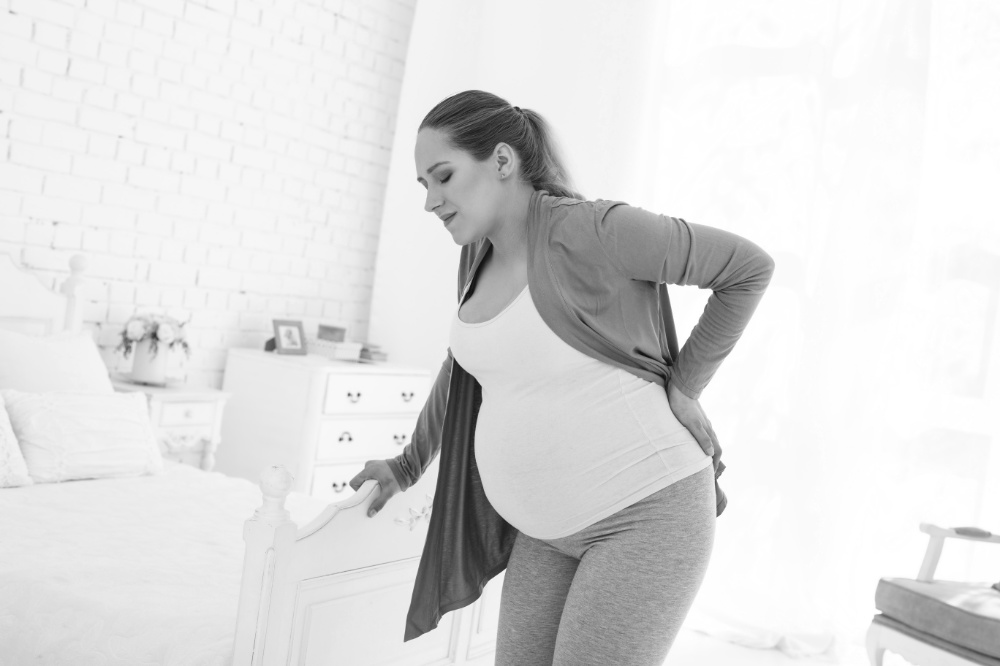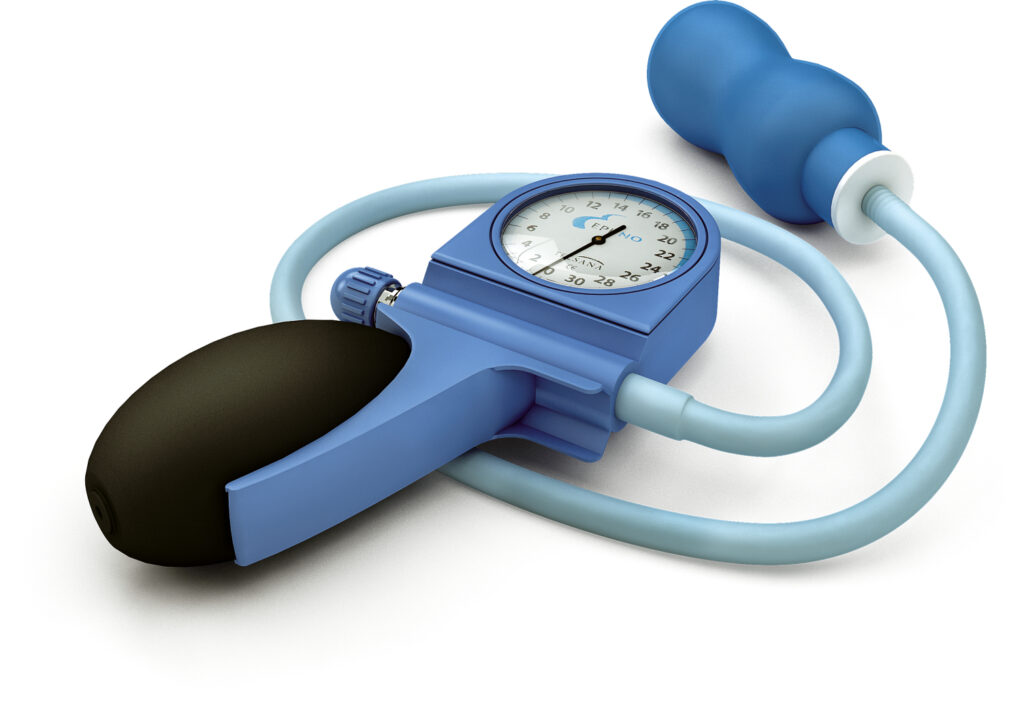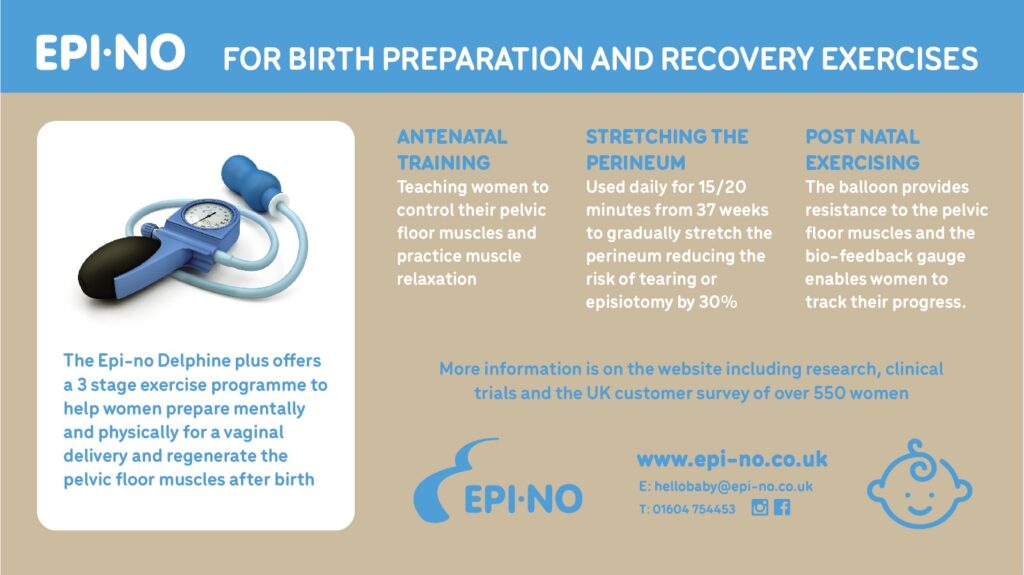Pregnancy
Pregnancy
Becoming pregnant can bring out many emotions including excitement, fear, anxiety and love. As you move through the 3 trimesters your body and mind experience many changes.
Daily exercise for 30 minutes is recommended throughout pregnancy – it helps with fatigue, circulation, oxygenation, your mood and a quicker return to fitness after baby is born. Plus you will need lots of energy and strong muscles to carry your little one around for the first 9-12 months of their life.
It is important to stay hydrated during exercise and eat healthy snacks. Try to stick to water and avoid sports drinks. Start drinking water 30 minutes before, during and after your workout – drinking around a half litre in total around the workout. Normal weight gain in pregnancy is 25-35lbs (11-16kg) so try to keep an eye on the scales and keep a nutritious diet – even when you are craving an entire packet of your favourite biccies.
1 in 3 women will experience leakage of urine (wee) during the 2nd and 3rd trimester of Pregnancy, 1 in 4 will experience involuntary farts or poo leakage in the 3rd trimester!
After birth, 1 in 3 will leak urine in the first 3 months and 1 in 5 will have a poo accident in the 1st year after birth.
Exercising your pelvic floor is the best way to make sure this doesn’t happen to you – boost your continence ladies!
It is my belief that every woman should see a Women’s health Physiotherapist at least once for a pelvic floor assessment and proper guidance on how to perform pelvic floor contractions.
Exercising your Pelvic Floor during Pregnancy
Try to do your pelvic floor exercise 1-2 times daily throughout your pregnancy. Begin with slow contractions and finish with fast. You should feel your strength improving or the exercises getting easier after 4-6 weeks.
Please see a Women’s Health Physiotherapist if you don’t feel improvement. Correct technique is essential.
Slow contractions – slowly contract your pelvic floor muscles imagining you are sucking spaghetti up your vagina – contracting from back passage to pubic bone. Avoid squeezing your buttock muscles or inner thigh muscle.
- Counting out loud helps to avoid holding your breath.
- Hold and count out loud to 3. Relax fully. Try to repeat this 5-10 times. Over the coming weeks you should try to increase the hold/contraction for up to 10 seconds, 10 times.
- Remember to fully relax between contractions – relax for the same amount of time as the contraction.
- Slow contractions help to improve the stamina and endurance of the muscles that stabilise your bladder, bowel and uterus.
- Position yourself laying on your back with soles of feet touching or sitting on chair/toilet with knees on elbows.
Fast contractions – squeeze FAST from the back passage to the pubic bone – like sucking spaghetti up the vagina. Hold for 1 second then relax fully.
- Repeat 5-10 times until muscles feel tired.
- Fast contractions help to provide support for your bowel and bladder during heavy lifting and coughing and sneezing.
Demonstration Video
The main problem with pelvic floor exercising is knowing if you are doing them correctly! An assessment with a specially trained women’s health physiotherapist is highly recommended for any pregnant lady.
We can check your strength and your exercise technique so you can be sure you are not wasting your time and have a healthy pelvic floor.
Trimester 1:
Week 1-13
In the 1st trimester many women experience fatigue, tender breasts, nausea, constipation, frequent urge to urinate (pee) and sometimes feelings of heightened emotions – over-thinking, anxiety, tearfulness. As in all other stages of life, regular exercise helps to regulate your mood, improves energy levels and sleep patterns and helps you to maintain a healthy weight.
Exercising During the First Trimester
Exercise levels and activities should be based on your personal energy levels and your pre-pregnancy exercise levels. If you are an avid runner you can continue as long as you have no pelvic pain and feel your energy levels are adequate for the demands of your exercise. If you are attending classes or personal training, you should let your trainer know in case they need to modify your workouts.
Due to the hormone changes in your body the ligaments can be less stable around your joints and your balance can seem off. Always contact your GP or midwife if you experience any side effects after exercise.
Unfortunately, miscarriages are common in early pregnancy, 1 in 5 according to the HSE. It is often unlcear what has caused the miscarriage and many women blame themselves for doing something wrong but sometimes they blame a professional they have recently worked with or had treatment with. Like in many other countries, there is a fear of litigation (being sued) so many things are off limits during the first trimester; spa and beauty treatments, supervised exercise classes and many medical procedures.
Trimester 2:
Weeks 13-28
For most women the second trimester is the easier part of pregnancy; your energy levels increase, you feel less nauseous, your appetite increases, you are sleeping well and you start to feel baby kicking. A stuffy nose and some extra vaginal discharge is very common due to increase mucus in membranes as a result of elevated hormones levels.
Varicose veins may start to appear due to the increased blood flow and also if you have inherited them through your family gene pool. Walking regularly and elevating your legs above hip height can help – although there is no “magic cure”. Your sex drive might be coming back now too – yay!
Exercising During the Second Trimester
The most important message for this stage is to avoid exercising while lying on your back. 30 minutes of daily exercise is recommended. Now would be a great time to join a class such as Pregnancy Yoga or Pregnancy Pilates, in your local area or online.
These classes are great for maintaining muscle strength and flexibility, you will also work on breathing which is helpful for oxygenation and preparing for labour. It is also nice to bond with other women and provide a space for guilt-free moaning about your pregnancy symptoms.
Round Ligament Pain
You may experience round ligament pain in the second trimester. This feels like a sharp or achey pain on one or both sides of your tummy. This pain appears due to the growing size of your uterus which causes the thick bands of ligaments (round ligament) that run from your groin to your tummy to stretch and thin out due to the increasing weight.
You may experience round ligament pain when you move suddenly, such as coughing or sneezing or getting up from sitting and lying. To relieve the pain take a rest and put your feet up for a few minutes.

Trimester 3:
Week 28-40+
Getting close now – plenty of strangers stopping to ask when you are due to and comment on your bump! The most common symptoms at this stage include heartburn, trouble sleeping, restless legs, feeling light-headed, needing to wee all the time, swelling in the lower legs and hands – time to take the rings off!
If you have significant swelling in your legs and feet try to avoid long periods of standing. Use compression tights first thing in the morning and try to elevate your legs throughout the day for 10 minutes and for couple of hours before bed.
Continue to exercise daily for 20-30 minutes – even if its just a stroll or light pedalling on an exercise bike. Avoid strenuous exercise – don’t push yourself. Swimming is great but avoid breaststroke in the pool as it may strain your pelvis. Get your exercise ball ready, make sure you order a decent one that does not sink when you sit on it. The brand FIT ball is one I recommend. Sitting on the ball and bouncing can provide great relief of pelvis or upper back pain and is great for the early stages of labour before you go into Hospital.
Seek medical advice immediately if you experience any of these symptoms:
- Vomiting, dizziness, fainting, headaches or double vision.
- Extreme tiredness after exercise.
- Numbness or significant pain.
- Vagina bleeding, contractions, leaking of amniotic fluid or reduced baby movements.
- If you are leaking wee during exercise your pelvic floor are not strong enough for the type of exercise you are doing.
Perineal Massage
After 36 weeks you should try perineal massage yourself or ask your partner to help, alternatively go to see a Women’s Health Physiotherapist. Massaging the perineum can help to stretch out the area between your vagina and back passage to help reduce the risk of tearing during the delivery and reduce the reduce the number of stitches required.
You can purchase specialised oil that is safe to use in the vaginal area made of natural products – called natural perineal massage oil.
You can also purchase a device called the Epi-No. It is like a small balloon you insert into the vagina and pump it up to stretch things out. It can also be used after birth for pelvic floor strengthening, Make sure to follow the instructions for safe use and cleaning and DO NOT USE IT BEFORE 36 WEEKS.
What exercises are safe during pregnancy?
- Exercises DO's
- Swimming/water aerobics is great for fitness, circulation and muscle strength. Avoid breaststroke in the 3rd Trimester as it can strain your pelvis.
- Brisk walking.
- Spinning or stationary bike.
- Light weight lifting.
- Yoga.
- Pilates.
What exercises are NOT safe during pregnancy?
- Exercises DONT's
- Contact sports.
- Scuba diving.
- Horse riding.
- Down-hill skiing.
- Sprinting
- Heavy weightlifting.
- Exercises that require excessive twisting and turning.
- Standing on one leg too much.
- Exercise that involves holding your breath.
What are the Most Common Pregnancy-Related Pains?
Pelvic Pain – also known as Pelvic Girdle Pain (PGP)
Pain in the front or back of pelvis is very common during the 3rd trimester of pregnancy. For women with a history of pelvic problems or lower back pain these symptoms can appear earlier in pregnancy. They can range from mild discomfort to severe disability – with some women requiring the use of crutches to walk.
For the majority of women, your pelvic pain generally goes away or will improve significantly once the baby is born. You may experience pain at the front of your pubic bone called SPD (Symphysis Pubic Dysfunction) which is caused by uneven movement of the pelvis or shearing/stiffness where the pubic bones meet.
Other women experience pain in the lower back, at the back of the pelvis in the tail bone area or at the dimples (Sacroiliac joints) which can also spread to the outer hips – which are in fact the iliac crest bones of the pelvis. PGP can be caused by tight muscles, weak muscles, laxity in the pelvic ligaments, baby’s position or uneven positioning of the pelvic bones.

Painful activities for the pelvis:
- Standing on one leg (getting dressed).
- Turning over in bed.
- Getting up from a seat.
- The first few steps – after standing up.
- Opening legs – such as getting out of a car.
- Going up and down stairs.
How do I Help Pelvis Pain in Pregnancy?
Most painkillers are off limits during pregnancy. Hot water bottles can provide some relief to muscle pain. Pelvic stability belts can help some women but for others it makes their pain worse – you should ask your physiotherapist for advice about this before purchasing one – it is definitely not the right solution for everyone.
The good news is that Physiotherapy is very effective in treating Pregnancy related pelvic girdle pain. We use manual therapy on the pelvis bones (hands on treatment), release tight muscles with our hands, spikey balls and/or acupuncture needles – a treatment called Dry Needling.
Gentle exercise to stretch and strengthen the muscles around the pelvis are essential. Postural advice and strategies for how to move properly can also make a big difference.
In most cases your pelvic pain will not affect your ability to delivery the baby vaginally – the female body is an amazing creation!
Tips to help your pelvic pain:
- Sleep on your side with a pillow between your knees.
- When turning in bed try to keep your knees together and squeeze your buttocks or try to move your shoulder and upper body first.
- Sit down at the side of your bed while dressing in the morning.
- Take the stairs one step at a time.
- When getting up from a seat try to lean your trunk/torso forward – avoid scooping your hips forward or leaning your spine backwards.
- Avoid sitting for long periods, especially with legs crossed.
- Try different sex positions – on all 4’s can sometimes be the most comfortable positions for the pelvis.
Sciatica
This is pain related to the sciatic nerve. It is very common in the 3rd trimester and offer presents as pain in the buttock or shooting down the back of the leg.
The sciatic nerve can be irritated by strain on the lower back, pelvis misalignment or muscles imbalances. Pain killers are generally not recommended during pregnancy. Spikey ball release on the buttock can help and some Clam exercises.
A visit to your Physio can help to figure out what exactly is causing the nerve irritation. We may need to treat you with hands on techniques, postural advice, dry needling or massage and special exercises to help relieve your pain.
Rib or Upper Back Pain
Pain in the ribcage or upper back area is very common in the third trimester. As your bump grows your abdominal muscles are weakened, the diaphragm (breathing muscle) can feel restricted, your posture can start to change with a rounding of the upper back and the muscles in your back can feel tense.
Many muscles that connect from the pelvis to the rib cage and upper back area can become painful or tense due to misalignment of the pelvis or stiffness in the upper back/ribs.
Again, these symptoms can be significantly improved following a visit to your physiotherapist for hands on techniques, postural advice and special gentle exercises you can practice at home.

Book A Consultation
You can book a Physiotherapy consultation with us today – at a time and date that suits your schedule. Click below to begin.



